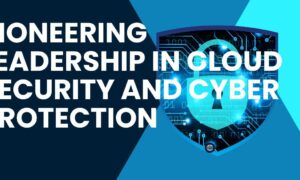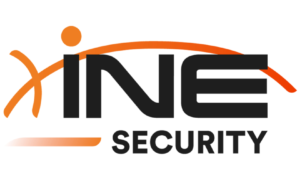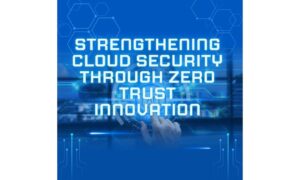Over the past decade, cloud computing has become an ever more important part of the computing landscape. But what kind of cloud strategy should organizations employ?
Whether it’s a public cloud, private cloud, multi-cloud, or another setup, different cloud environments come with different advantages (and associated cloud security challenges) for users. While all share the same stated benefits of ditching reliance on traditional on-premises infrastructure and on-demand access from wherever users need it, different approaches, therefore, have to be weighed up and balanced.
When it comes to the cloud, one very popular model is referred to as the hybrid cloud. For many, this is the dominant model of cloud computing and the key to their cloud adoption strategy. As its name implies, the hybrid cloud is a hybrid of public cloud services, private cloud services, and frequently on-premises infrastructure.
Advantages of the hybrid cloud
This type of cloud architecture allows users to combine the best-of-breed offerings when it comes to cloud functionality and services from multiple different cloud vendors. It also lets users shift workloads between environments in a seamless manner – such as leveraging the public cloud for software-as-a-service (SaaS) applications, while still being able to retain legacy applications and sensitive data in a more private manner on on-premises infrastructure.
This manner of flexibility is great for many of the reasons you might expect. But it also poses challenges that users have to be aware of. Some of these include:
More complexity can mean less visibility
Picture having your savings distributed among many different bank accounts, asset classes, and investment trusts. This may well be advisable for myriad reasons. However, it can also make it considerably more complex to have total visibility of your total savings at any given moment. The same is true of the hybrid cloud. Because the hybrid cloud environment adds more complexity, it can also make visibility harder. That, in turn, can pose security challenges since it means having to monitor, patch, and otherwise safeguard multiple environments against potential risk. Much of the time cloud security issues can result from human errors like misconfigurations of storage buckets for public cloud environments. As the saying goes, “you can’t secure what you can’t see.” That poses a big conundrum for hybrid cloud setups.
Regulation and compliance challenges
Despite early concerns, cloud computing is widely used in a number of regulated industries. However, this must always be undertaken with the utmost care and attention to security. The hybrid cloud environment can make the challenge of doing this tougher, thereby opening up challenges for its use in regulated sectors like healthcare or financial services. The big issue is that companies must ensure that they are conforming to whatever legally mandated compliance or regulatory requirements are needed to prove they’re obeying the law. This includes being able to provide security audit information. This is not impossible in a hybrid cloud environment by any means. But the complexity mentioned above does make this considerably tougher.
The knowledge and skills gap
As noted, this is all possible in a hybrid environment. But you need to have the right security professionals who are able to close risk gaps before they pose problems. With a limited number of cyber security experts available, that can prove a challenge. Organizations should therefore consider options like developing the right training programs to better upskill or cross-skill their current employees who may be able to lend a hand to this critical matter. Accompanying the right people should be the creation of a properly defined responsibility matrix that can help promote the right governance in this area. (This is something that the right cybersecurity professionals can certainly help with.)
Securing the cloud
Securing the cloud is of the utmost importance, whatever cloud environment you select. Fortunately, there are solutions available to help. Seek out expertise to allow you to have a single pane of glass when it comes to application and data security, regardless of whether you’re utilizing one cloud environment or a hybrid setup. Vendors should also be able to help ensure compliance – whether that’s meeting PCI, GDPR, SOX, or any other compliance standard. Finally, they can help you to track access to data and applications alike, safeguarding against attackers who aim to abuse cloud environments.
There is no turning back from the cloud. The plentiful advantages that it brings are a game-changer for all kinds of reasons. However, the cloud doesn’t solve every problem. Security issues pose a threat – and, in many cases, the problems can be self-inflicted by users through lack of knowledge. But take the right steps to address these issues and users will be able to enjoy the best the cloud has to offer, without worrying about the worst.



































